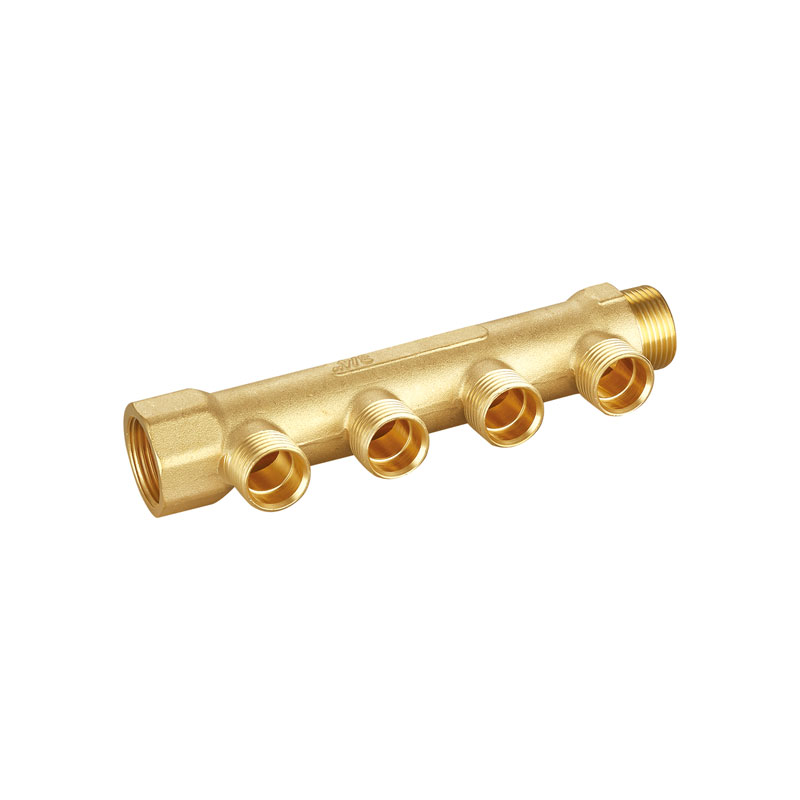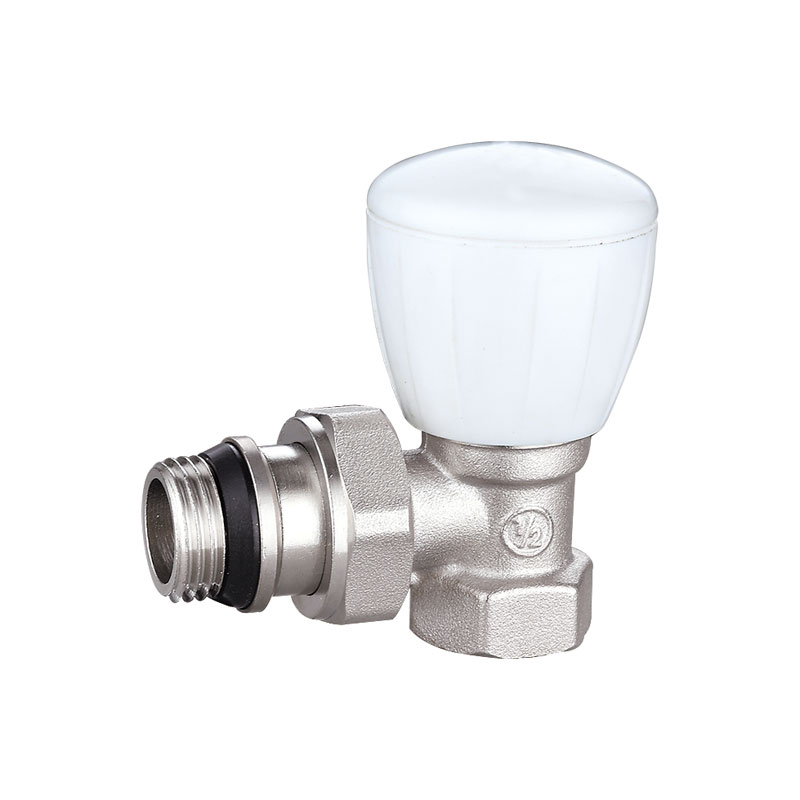In the ever-evolving world of automotive engineering, a pivotal component is quietly making waves and redefining the standards for engine performance—the Brass Exhaust Valve. This innovative valve technology is elevating the efficiency and reliability of exhaust systems, offering a unique blend of durability, corrosion resistance, and thermal stability. As automotive enthusiasts and engineers seek ways to enhance engine performance and reduce environmental impact, the brass exhaust valve emerges as a crucial element in the pursuit of optimal combustion and emissions control.
The exhaust valve is a fundamental part of the internal combustion engine, responsible for managing the release of exhaust gases from the combustion chamber. Traditionally constructed from materials like stainless steel or cast iron, the integration of brass into exhaust valve design brings about several advantages that contribute to improved engine performance and longevity.
At the core of the brass exhaust valve's appeal is its material composition. Brass, a copper and zinc alloy, offers a unique combination of properties that make it an ideal choice for exhaust valve applications. Its exceptional thermal conductivity, corrosion resistance, and malleability make brass a standout material for withstanding the high temperatures and harsh conditions within the engine's exhaust system.
One of the key advantages of the brass exhaust valve is its ability to dissipate heat efficiently. As exhaust gases exit the combustion chamber, temperatures can soar to extreme levels. Brass, with its high thermal conductivity, effectively absorbs and disperses this heat, preventing overheating and ensuring the valve's structural integrity over prolonged use. This thermal stability contributes to extended valve life and reliable engine performance.
Corrosion resistance is another critical feature that sets the brass exhaust valve apart. The harsh environment within the exhaust system, characterized by corrosive gases and high temperatures, can lead to accelerated wear and corrosion in traditional valve materials. Brass, however, exhibits exceptional resistance to corrosion, ensuring the valve maintains its structural integrity and operational efficiency over time.
The durability of the brass exhaust valve is a significant factor in its widespread adoption in automotive applications. The ability to withstand the intense heat, pressure, and corrosive elements within the exhaust system contributes to an extended service life for the valve, minimizing the need for frequent replacements. This durability not only benefits vehicle owners by reducing maintenance costs but also aligns with the automotive industry's push towards sustainable and long-lasting components.
In terms of performance, the brass exhaust valve plays a crucial role in optimizing the engine's combustion process. The precise control over the release of exhaust gases contributes to efficient scavenging of the combustion chamber, enhancing overall engine efficiency. This efficiency is not only vital for power output but also contributes to fuel economy and reduced emissions, aligning with contemporary automotive trends towards cleaner and more sustainable driving experiences.
The brass exhaust valve's compatibility with various fuel types, including alternative fuels, further expands its relevance in the automotive landscape. As the industry witnesses a growing shift towards alternative power sources and eco-friendly fuels, the brass exhaust valve proves to be a versatile and adaptive component, capable of withstanding the unique characteristics of different combustion processes.
Environmental sustainability is a key consideration in the automotive industry, and the brass exhaust valve contributes to this by improving emissions control. The efficient operation of the exhaust valve helps regulate the release of pollutants, reducing harmful emissions and minimizing the environmental impact of vehicle exhaust. This aligns with global efforts to mitigate air pollution and address climate change concerns.
Integration of the brass exhaust valve into automotive systems is seamless, as it conforms to standard manufacturing and assembly processes. The versatility of brass as a material allows for the creation of exhaust valves in various shapes and sizes, catering to the diverse requirements of different engine configurations and applications. This adaptability ensures the brass exhaust valve can be easily incorporated into a wide range of vehicles, from compact cars to heavy-duty trucks.

 languages
languages

 English
English русский
русский












